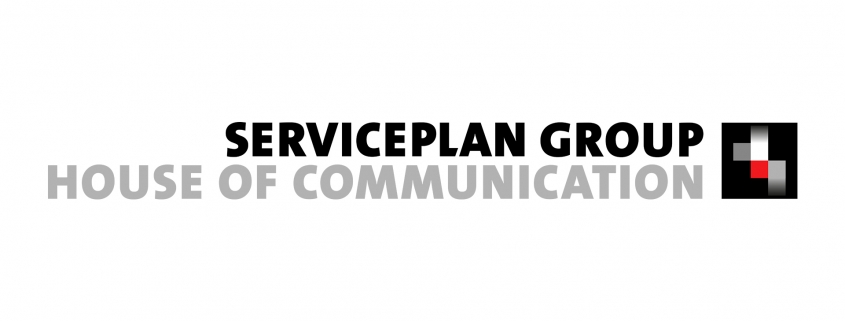New technologies, devices, and content formats are challenging search engine experts around the world at an ever-increasing rate—but now help is coming from an unexpected source. What little helper can we expect to see in future strategic development and day-to-day business? Find out more in our March edition of SEO News.
Fraggles are back
The fraggles are loose, and they’re slowly taking over the Google world of tomorrow. Just to clear up any confusion right from the start: we’re not talking about the radish-loving, 65-cm tall (source: Wikipedia), cave-dwelling humanoids from the 80s TV show of the same name.
Like their namesakes, the fraggles our search engine optimisers have been working with for some time now are small and dynamic. Here, though, the word refers to content fragments identified by Google that can be scattered, either isolated or in innumerable combinations, throughout the ever-growing landscape of platforms, devices, and technologies.
Cindy Krum, a Denver, Colorado-based mobile marketing expert, was the first to use fraggles in this context. She says fraggles is intended as a portmanteau of “fragment” and “handle”, and describes them as Google’s response to dramatic changes in user behaviour and to the technological structural framework of websites, Progressive Web Apps (PWAs), personalised web services, and data feeds.
What these digital assets have in common is that most of their content is assigned to a single URL. One driving force behind this trend is the process of adapting to the needs of the mobile age; another is the development of server-based technologies like Javascript or Ajax, which are capable of generating individualised content dynamically.
Google, Bing, etc. adjusting their indexing
As a result, Krum says, the fixed allocation of content to URLs is being supplanted; search machines are increasingly indexing mere fragments of content from individual websites, feeds, or apps. Rather than indexing entire websites page by page, she explains, Google, Bing and friends now face the challenge of fishing the most relevant content fragments from the massive ocean of conventional HTML, dynamic Javascript, and endless streams of XML. Krum believes that Google’s Mobile First Index, which has been online for over a year, is simply a huge dragnet for fraggles of all types.
Indeed, looking at how the major providers’ search results have developed over the past two years, the fragment theory makes sense. Both Google and Microsoft are continuously experimenting with new content presentation modes and formats, especially on mobile devices: everything from integrated map and rating displays on local search results, to comprehensive reports on people, places, and brands through Knowledge Graphs, to concrete answers to FAQs through Features Snippet.
Search engines: the universal assistants of the future
Moreover, search engines are adapting their results more and more precisely to users’ search intentions and usage contexts. This development is sure to continue through the dawning age of voice assistants. Virtually calling a computer-generated Google Assistant while at the hairdresser’s is just the first of many coming high points in terms of search engines differentiating themselves as ever-present, universal information and assistance systems.
Relevance and consumability are inextricably linked in systems like these. Whether on the phone, watching television, or driving, modern users have neither the desire nor the ability to look through a page of search hits for the answer they need—much less scroll through a website. The real advantage of the fraggle concept lies in the immediacy and flexibility of small fragments of information, delivered to countless combinations of usage situations and device preferences.
Fraggles highlight Google’s growing emphasis on the customer journey
Fraggles also fit seamlessly into Google’s new strategic alignment of search results to user journeys. To celebrate the 20-year anniversary of its search engine, Google announced its intention to stop viewing search activities as a series of individual queries, but rather to use context and history information to try and pinpoint the user’s exact intentions and position within the customer journey. This, combined with artificial intelligence, means that search results are now meant to be seen not as a results-based service, but as a conversation. Fragments can be incorporated into this scenario as well, whether as product information, concrete purchase offers, or special queries during the post-purchase phase.
What does this all mean for SEOs? First and foremost, it means they will need to continue developing their own approaches to voice and visual search queries. Markups for structured data and voice responses (Google Speakable) need to be part of their standard repertoire, as do keyword analyses organised by intentions along the customer journey.


